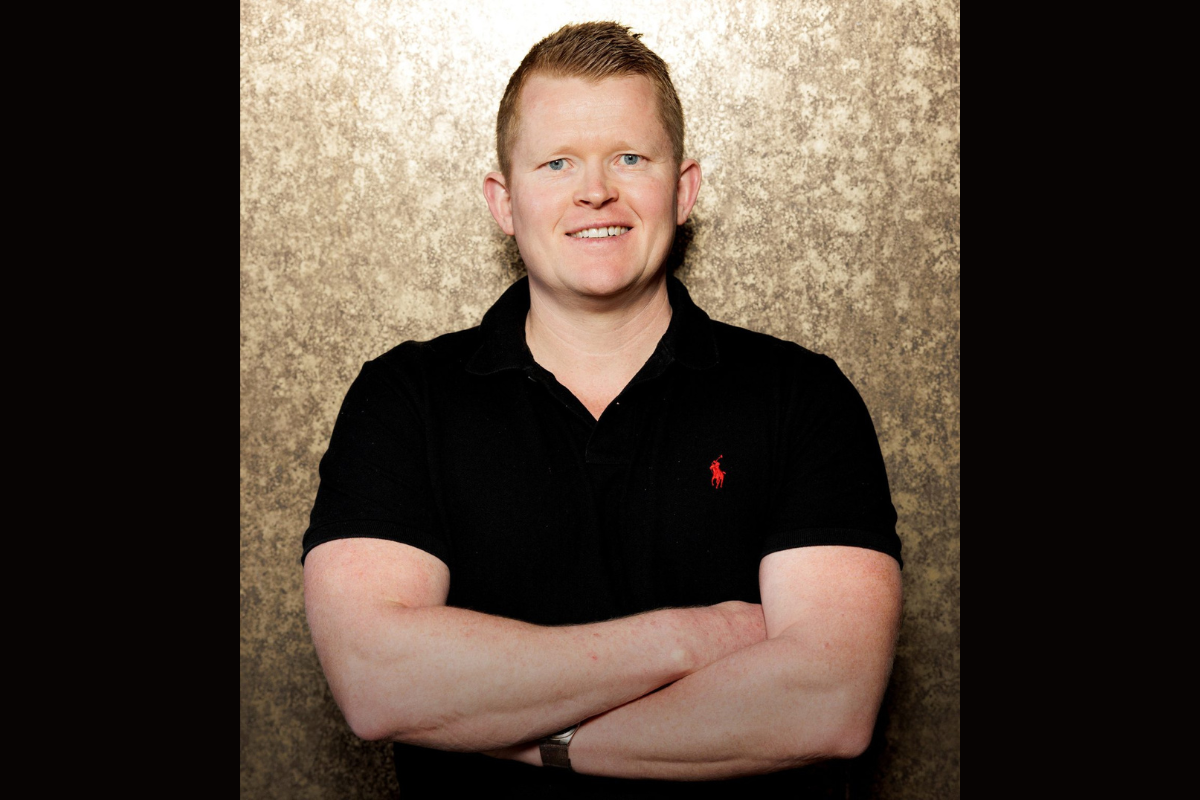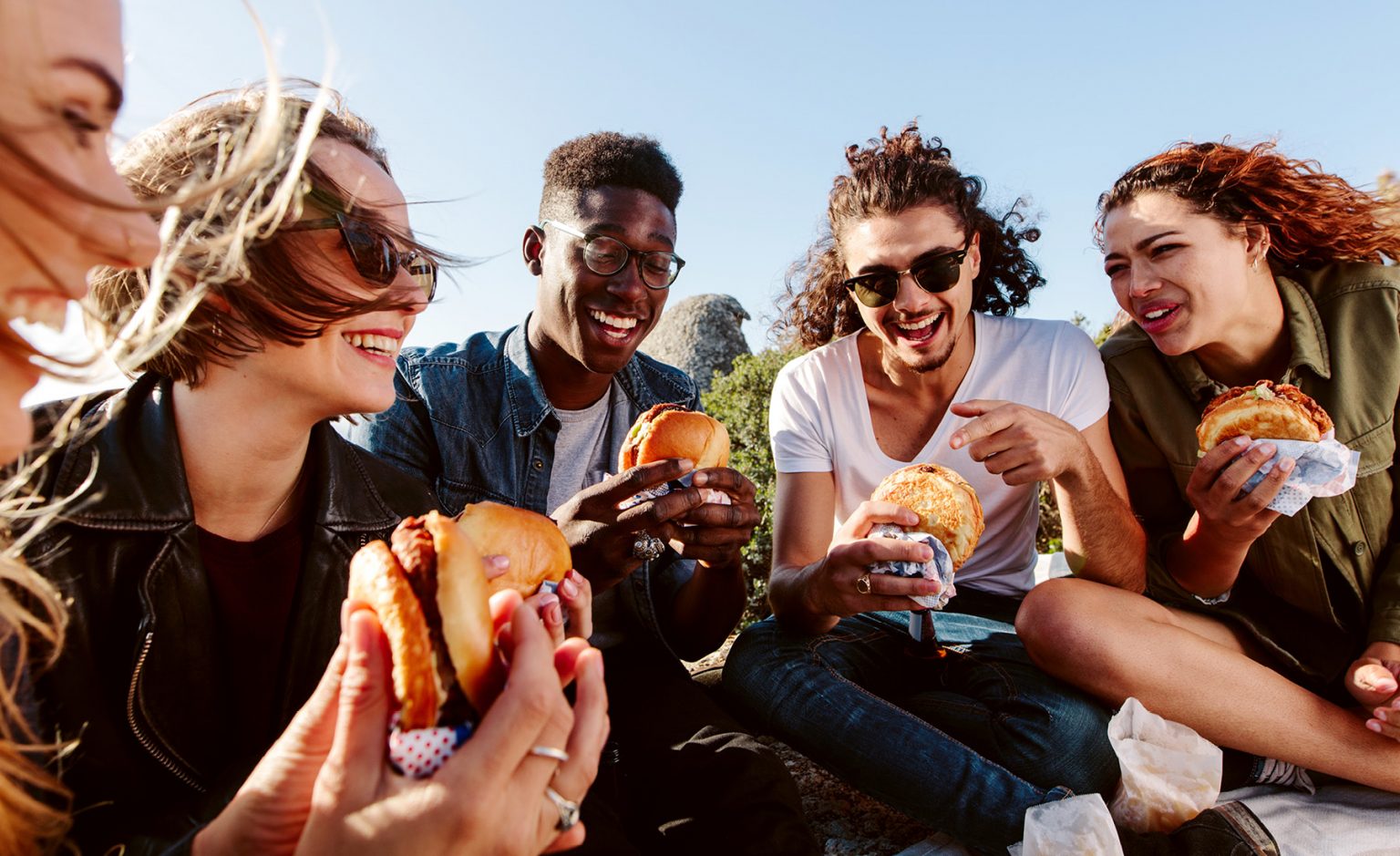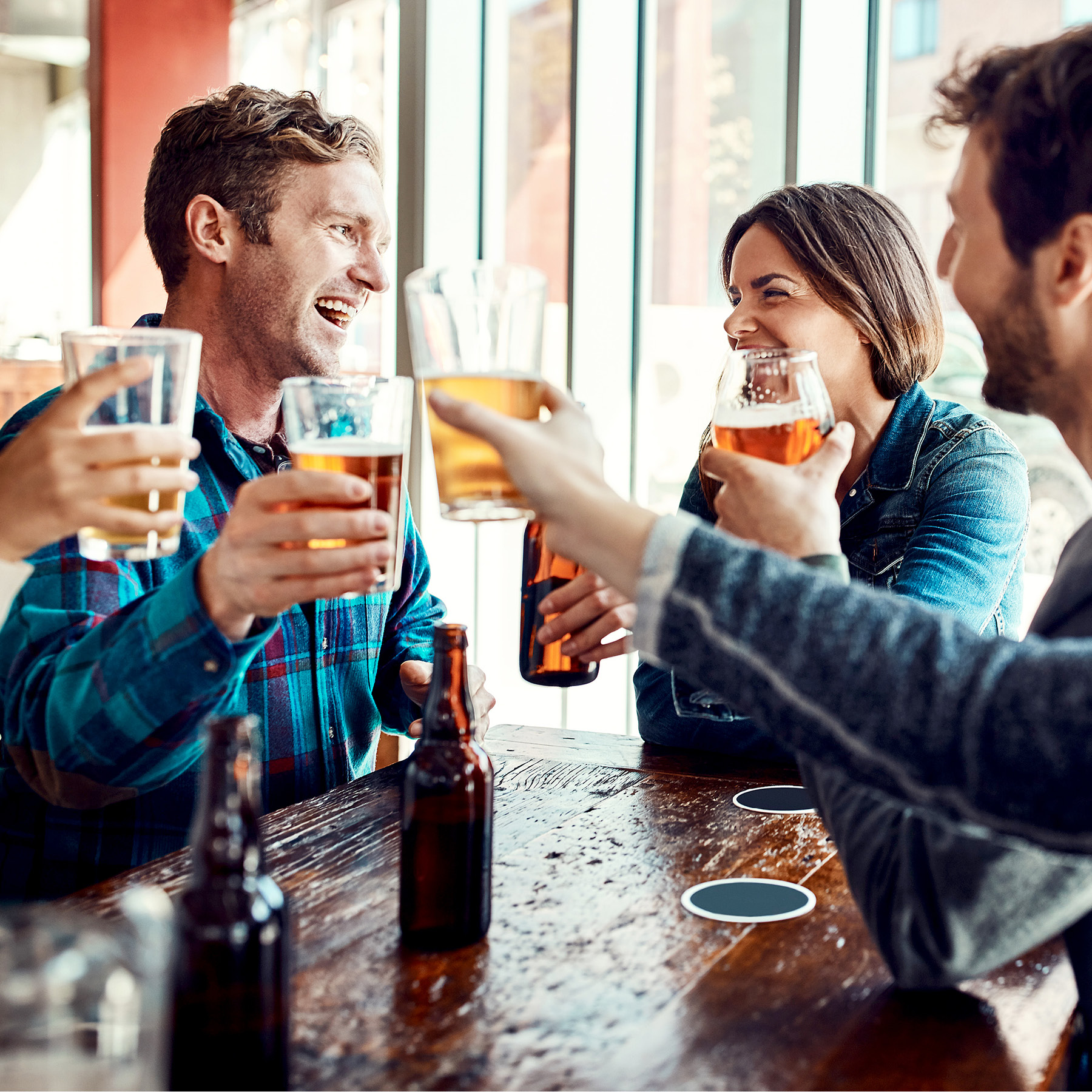Bringing Back Happy Hour: Joonas Karppinen
The last few years have hit bars and restaurants hard, with new factors such as the rising cost of living still keeping people at home. It’s an issue Joonas Karppinen aims to remedy with his relaunch of The Happiest Hour app.
The darkest days of the COVID-19 pandemic offered little choice when it came to staying entertained. Confined to our homes, we found ourselves picking up books, flicking on the TV or rustling something up in the kitchen, when before we might have gone out for a drink or a bite to eat.

Now Joonas Karppinen is helping people to break the stay-at-home habits built up during those surreal times, encouraging them to get back out there with his app The Happiest Hour (THH).
Founded in 2004 as an Excel Spreadsheet newsletter, THH has introduced users to the best happy hour deals across Australia and New Zealand for almost two decades. Now it uses the latest cloud-based technology to update deal-hungry customers.

"We’re relaunching with a far more advanced platform," Karppinen tells The CEO Magazine.
"Ultimately, we’re getting people into pubs at quiet times and we’re allowing people to get out and about more often with family and friends, to the best happy hours and pub food."

Ultimately, we’re getting people into pubs at quiet times and we’re allowing people to get out and about more often with family and friends, to the best happy hours and pub food.
Pandemic upheaval
Even as the pandemic saw us sequestered inside for months upon months, THH stepped up, highlighting the ways food and beverage businesses were adjusting to their unusual new working conditions.
"In the initial lockdown when pubs were still able to do takeaway, what we did was we pivoted to just allowing pubs to show any takeaway-related content they had, so we helped them out a lot in that regard," Karppinen says.
We basically wound it back for about a year-and-a-half, and we were just waiting for there to be a bit more certainty about the industry being able to reopen.
Indeed, a Griffith University report revealed a dramatic increase in customers picking up takeaway orders directly from hospitality venues during the initial COVID-19 restrictions. Pre-pandemic, only 1.1 percent of total sales were made up on customer pickups, but the new conditions saw 25.7 percent of respondents come to rely on customer pickup for all of their sales.
It was during the second phase of lockdowns, when businesses were no longer able to operate at all, that the THH team decided to put the entire platform on "stealth mode".
"We basically wound it back for about a year-and-a-half, and we were just waiting for there to be a bit more certainty about the industry being able to reopen," Karppinen explains. "We went down along with that and it’s been a real recovery process since."
A new mission
Now, the platform is truly coming back to life, with an ambitious relaunch underway. And while it was originally something of a side-project for Karppinen as he built up his other business, tipping service Edge Alerter, he now sees great potential for THH, particularly amid the rising cost of living and spiraling interest rates.
"We were always going to relaunch it. We just see a great opportunity here. It was really just a matter of there becoming a little bit more certainty around what the virus meant long-term and what it meant for the industry," he says.
"The hospitality industry has been coming back over the last 12 months, and we’ve been building THH Version 2 in the background."
Karppinen believes that THH has never had the chance to reach its full potential, but now he’s determined to take it all the way, putting a new leadership team in place to help it get there. Backed up with experience from organizations such as Deloitte and Ogilvy, the new hires have what it takes to take the business forward, he says.
"We’ve basically gone from myself and my Co-Founder putting maybe an hour a week into it, and a developer overseas, to this new team," he says. "It’s a bit of a game-changer for us."
It’s driven by preferences so that, as a user, you’re getting a lot more relevant information from venues that you might be interested in visiting.
Beyond this major shift is the platform’s technological evolution, adopting a smart customer relations management (CRM) system that will enable it to offer greater customization.
"Sure, people are finding great venues they want to attend. But that’s basically where it has stopped up until this point," Karppinen says.
The smart CRM will enable users to input their preferences and to favorite specific venues, giving venues an opportunity to shape their offerings accordingly.
"Instead of users getting generic content, the publicans will be able to use this preference data to send them more relevant information," he explains. "It’s driven by preferences so that, as a user, you’re getting a lot more relevant information from venues that you might be interested in visiting."
Loyalty drive
In addition to struggling to find new customers, retention is also a major concern for the businesses THH works with, according to Karppinen.
"The next step, the next evolution of THH, is loyalty, more than digital impressions," he says. "That’s a big step for us just as a business."
Businesses are looking for more than impressions; they want to know how many people have actually transacted, he explains. "We need to close the loop and get transactions going through our platform."
In this way, THH can demonstrate its value to venues in a more tangible manner.
We need to close the loop and get transactions going through our platform.
"But we don’t want to just go straight to payments, because there are challenges with that," Karppinen admits. "There are upfront costs and ongoing maintenance and payments platforms, even the best ones go down. So we need to make sure we get it right."
Part of that is that customers will earn smile credits by transacting through the app. These can then be used at THH venues, based on specific criteria established through conversations with publicans, but also deep research into what its competitors are doing.
"We need to make it work for them," he stresses. "The Groupon model is too simplistic and there are too many risks for the venues to get destroyed on margin."
Finding the sweet spot is therefore crucial to driving the success of THH.
"So with this loyalty platform that we’re building, which we’re building very closely with venues, we’ll have those smarts around that ensure that the publicans can’t get destroyed, but they’re still offering value that the user is very happy with," he says. "That’s the fine line I’m navigating."
Long-term solution
"There’s an opportunity there to give a lot more flexibility for venues so that it’s a long-term solution, so we want to make that happen," Karppinen says. "The other thing is, since the pandemic, people are still not going out anywhere near as much as they used to.
"It put the habits into people to sit on the couch and click through for some food, click through for a bottle of wine, and all of a sudden, you’re just cozy on the couch on your own."
With the benefits of socializing and going out well documented, Karppinen is confident that THH is working toward a brighter future both for venues and consumers. It’s a macro opportunity that has him feeling inspired about the possibilities.
We’re keen to get people out there again, because, at the end of the day, Australia has some of the best venues in the world.
"Too many people are still in those pandemic habits that we want to break. And we all know the disposable income squeezes that people are under at the moment, but what we are seeing is there is still significant, and there’s actually growing demand for a meal and a drink in the A$20 to A$30 [US$13 to US$20] price range," he says.
"We’re keen to get people out there again, because, at the end of the day, Australia has some of the best venues in the world."